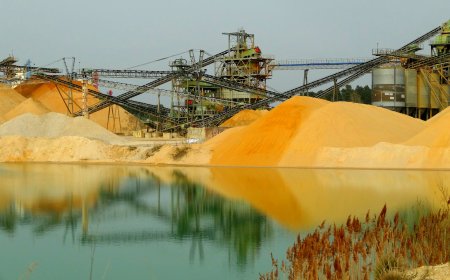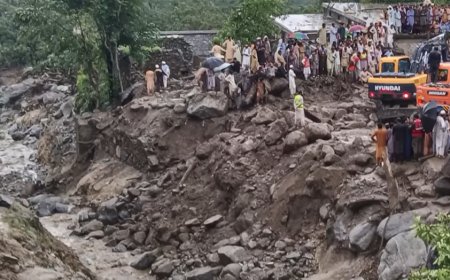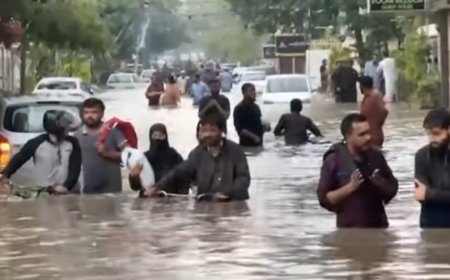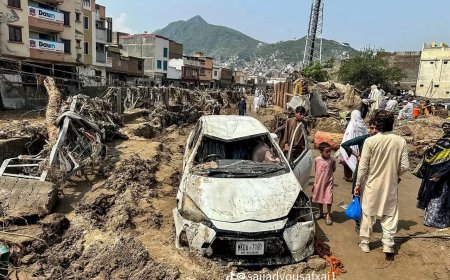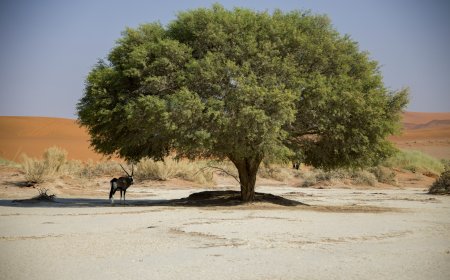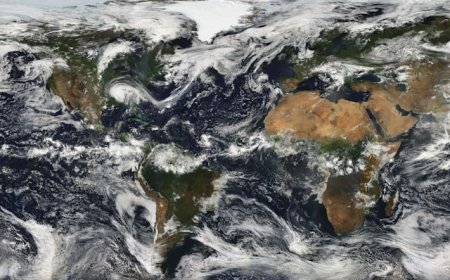Monsoon Rains in Pakistan 2025: Deluge, Flood Damage & Disruption Updates
Track the impact of the 2025 monsoon rains in Pakistan. Get real-time updates on flooding, infrastructure damage, affected areas, emergency response, and safety measures amid this season's severe weather.
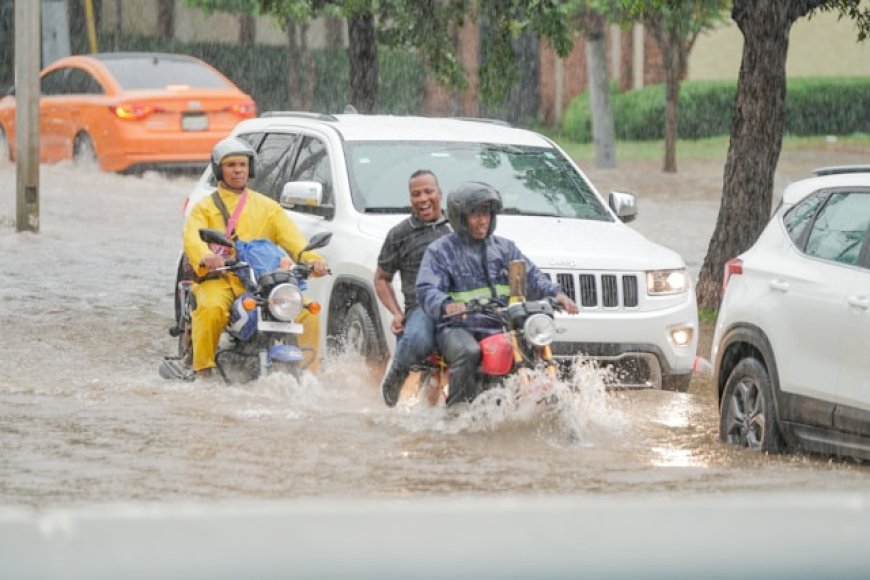
The World Meteorological Organization (WMO) and Pakistan Meteorological Department (PMD) warned of an unusually intense season before the monsoon began in June 2025. They projected above normal rainfall and elevated temperatures this year. This was due to low snow cover in the Northern Hemisphere. These forecasts heightened risks of riverside flooding, flash and urban floods. Particularly, rising temperatures could accelerate glacier melt.
A flash flood in Swat Valley tragically swept away a tourist family by late June when the monsoon began to its full force. It claimed loss of 32 lives including 16 children. Across the nation, ongoing flash floods and heavy rainfall resulted in 45 fatalities in northern Khyber Pakhtunkhwa and Punjab. Children were prominently among the victims. Rains continued their ravage, resulting in 64 deaths and almost 113 injuries across Pakistan.
Swat Valley was repeatedly hit by flash floods. Eastern Punjab recorded dozens of fatalities from flash flooding. At least 24 deaths were reported by early July . Cities like Lahore faced submerged roads and rising danger levels. Flooding in Sindh caused 15 recorded deaths. Balochistan faced at least 5 fatalities during the same timeframe. Homes, roads and essential services were damaged.
Pakistan is ranked among the world’s most climate sensitive countries. It is facing the frequency and intensity of monsoon extremes. Poor urban drainage, deforestation and haphazard infrastructure enhance flood effects. It is more common in rapidly urbanizing sectors. Agriculture suffered heavily this year. Above normal monsoon rains are beneficial for soil moisture but flooding can destroy crops.
Flooding and standing water is causing the health emergencies. It elevates the risks of diseases like dengue, diarrhea and dysentery. The climate science forecasting extreme rainfall and disaster striking communities reveals the urgent need for structural reforms. The government should increase the international cooperation in agriculture and meteorological upgrades to cope with upcoming disasters.
What's Your Reaction?
 Like
8
Like
8
 Dislike
0
Dislike
0
 Love
1
Love
1
 Funny
0
Funny
0
 Angry
0
Angry
0
 Sad
0
Sad
0
 Wow
0
Wow
0
